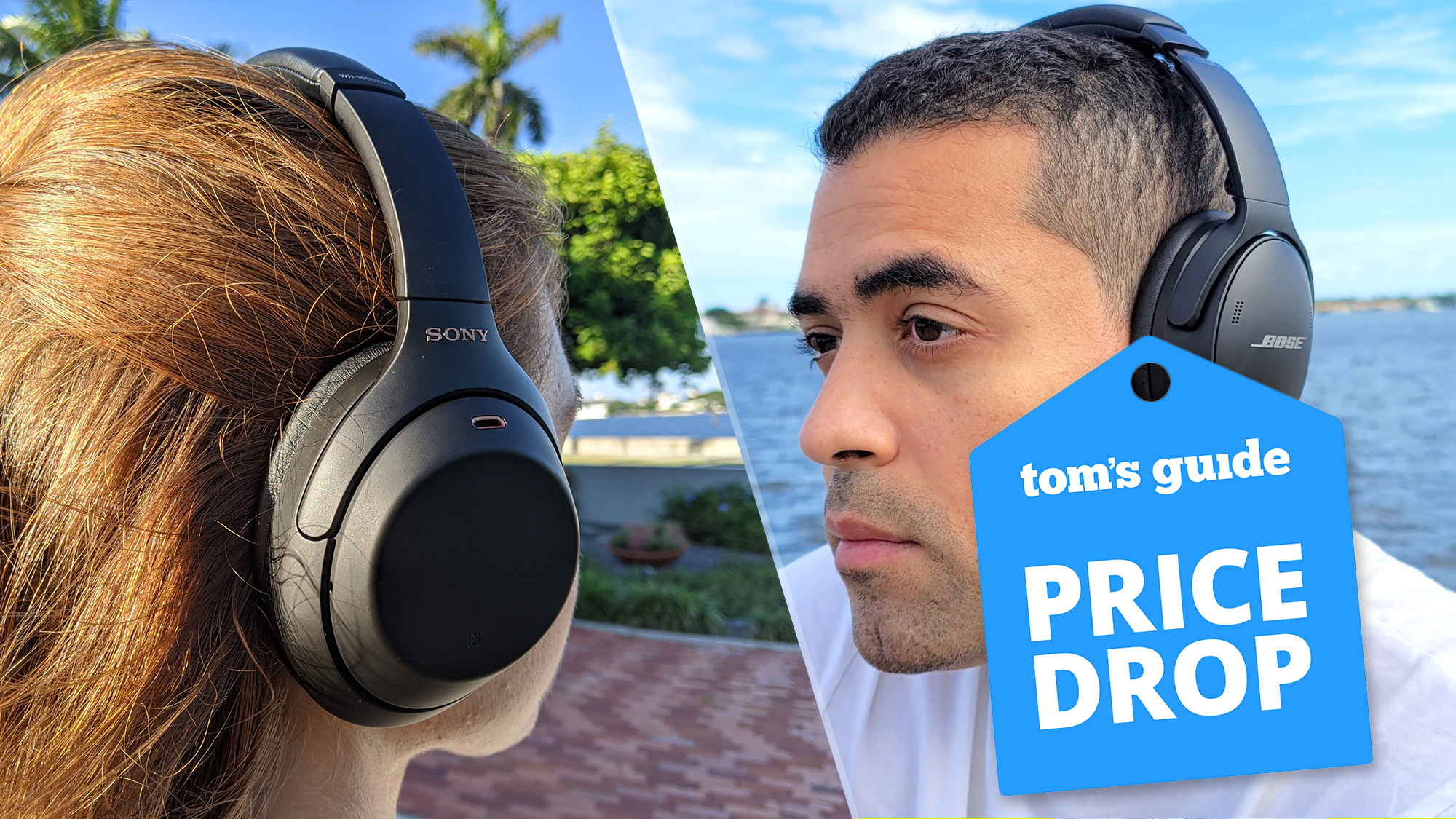Bagged vs. bagless vacuum: Which should you buy?
Here’s the difference between bagged vs. bagless vacuums
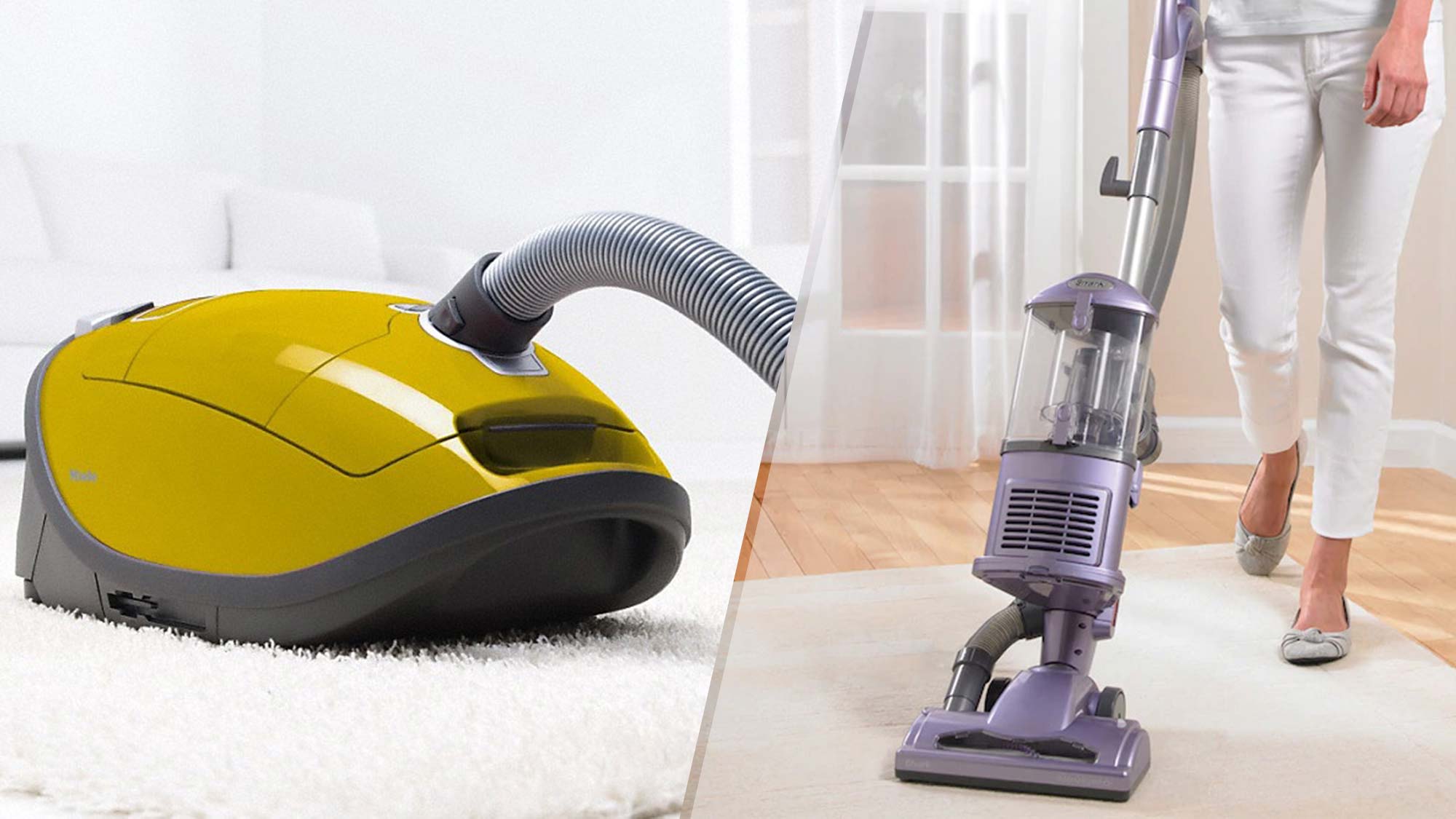
The question of bagged vs. bagless vacuum is one many homeowners have asked over the years. The fact is, some aren’t aware of the differences between the two, and yet this is arguably one of the most important aspects of the design — it affects both the functionality and expenditure.
Even if you own one of the best vacuum cleaners, it might not be the right one for you depending on whether it’s bagged or bagless. To help you decide which is better suited for you and your home, we’ve broken down the pros and cons behind each type of vacuum. So you can finally put the question to bed of which is best for you — bagged or bagless vacuum cleaners?
Whichever type of vacuum you opt for, just remember not to make these common vacuuming mistakes.
Bagged vs. bagless vacuums: The fundamentals
First of all, let’s break down the fundamental differences between these two types of vacuum cleaner. As you may have guessed from the name, a bagged vacuum cleaner is fitted with a bag to contain the dust it collects, whereas a bagless vacuum holds the debris in a canister.
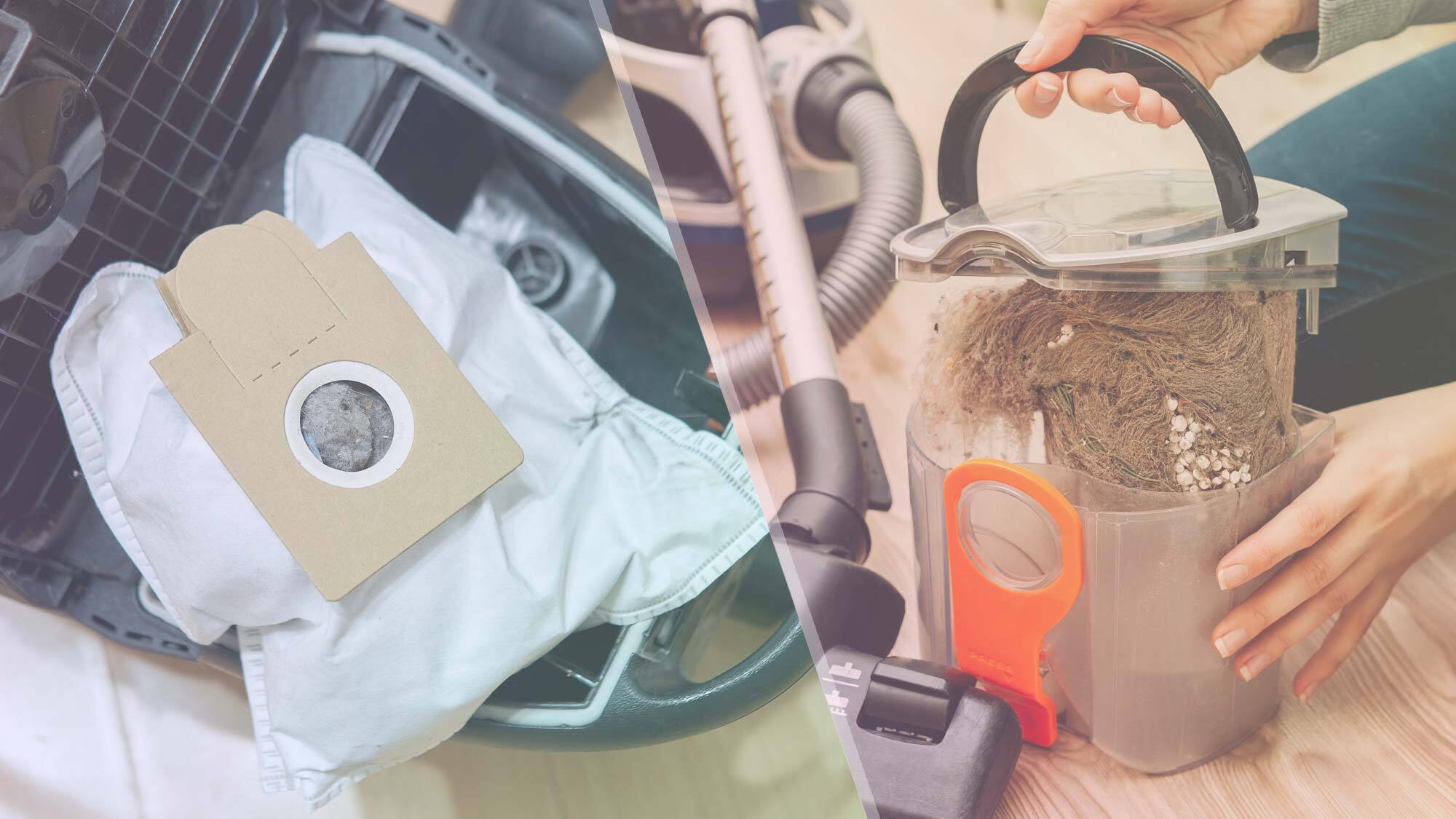
That means when your vacuum cleaner needs to be emptied, a bagged design will need a fresh bag to replace the full one, while a bagless vacuum can be opened and emptied straight into the trash. The bag acts as a filtration system, trapping any dust which enters and releasing the air at the same time, whereas a bagless design will have a separate filter attachment. Other than that, the vacuums function in much the same way.
Bagged vacuums: Strengths and weaknesses
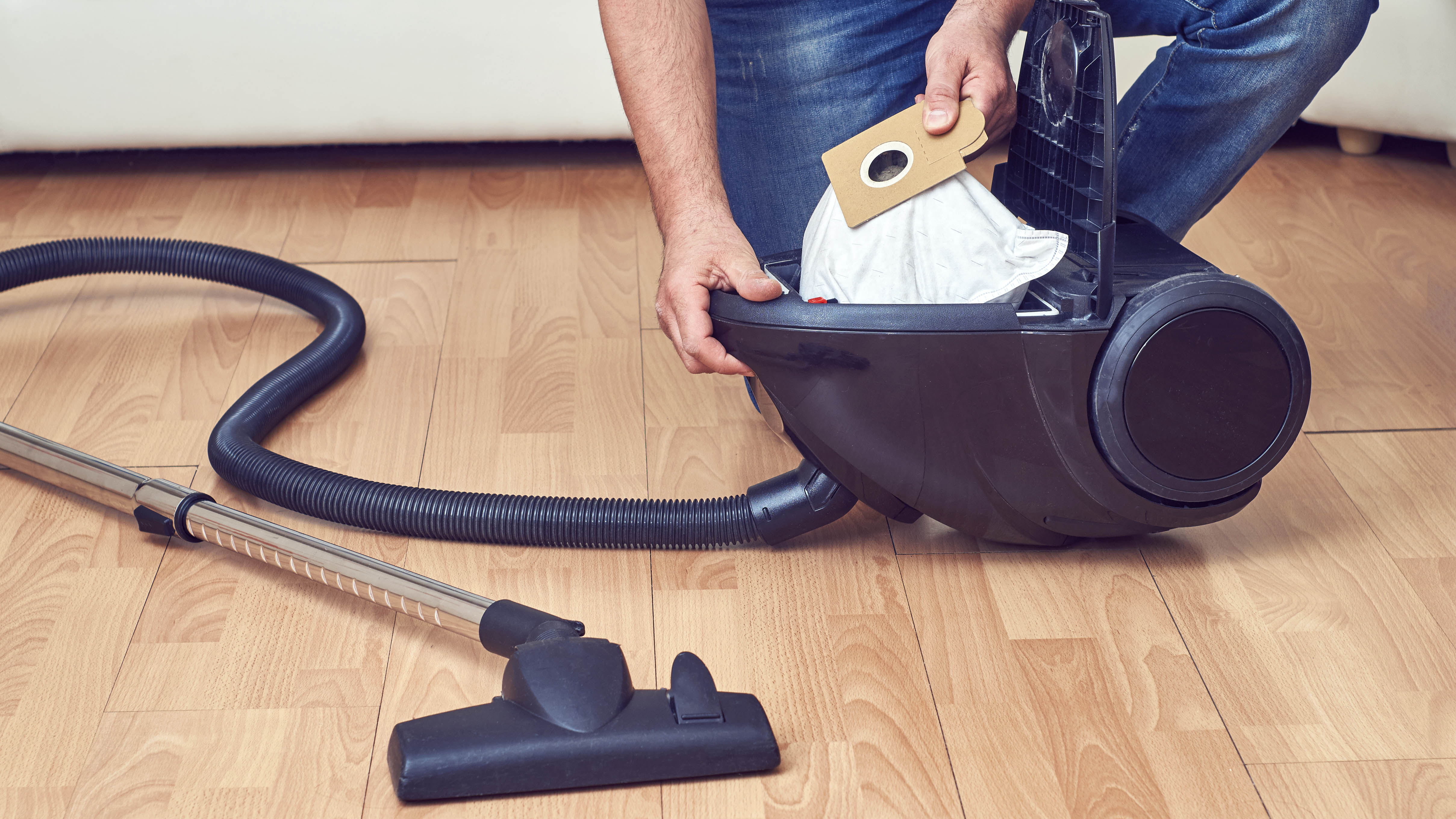
Strengths:
- Good for allergies — A vacuum bag will usually seal itself once you remove it, which means you don’t have to worry about re-releasing any debris. This is a great solution if you particularly suffer from allergies.
- Not messy to empty — This self-sealing application also means a bagged vacuum is very clean to empty versus a bagless design, which can release a lot of the dust and debris back into the atmosphere.
- Keeps the vacuum cleaner clean — It might sound silly, but a bagged design will look a lot cleaner from the exterior versus bagless. That’s because the dust and dirt is contained, rather than sitting loosely in the canister. You won’t have to worry about cleaning the vacuum so often because of this.
- You don’t have to touch the dirt — The sad truth is that dust and dirt tends to get caught in the canister of every bagless vacuum cleaner. That means when it comes to emptying it, you will have to reach in and dislodge any debris yourself. This isn’t a problem with a bagged design however — you only have to touch the exterior of the bag itself.
- Empty less often — Bags tend to hold a lot more versus bagless, which means you won’t have to empty it nearly as often. In fact, some bags can last for months before needing to be changed, whereas stick vacuums with bagless designs may need emptying after every run.
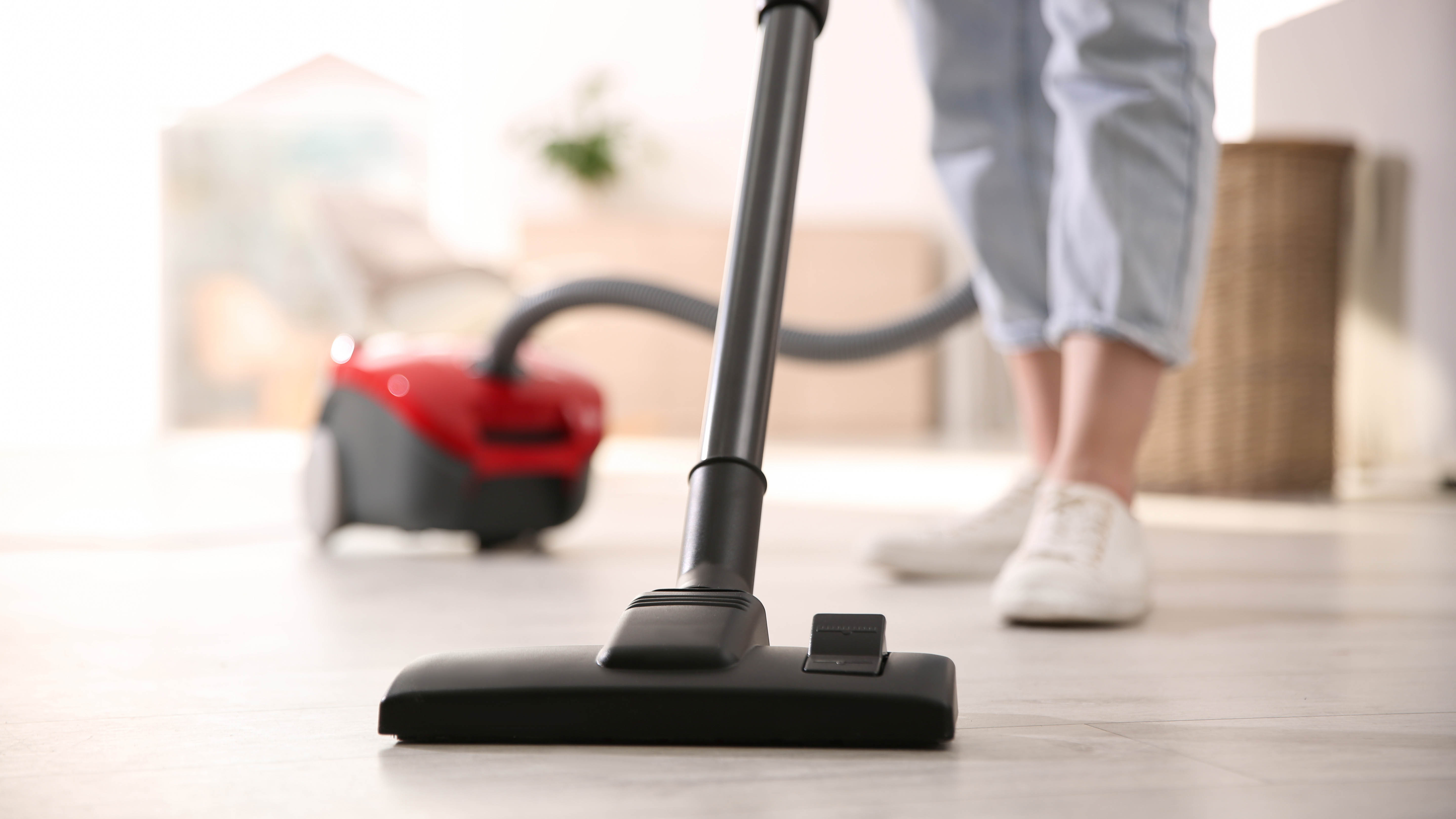
Weaknesses:
- Costs more money — You will have to pay for replacement bags at the end of the day, which can be expensive depending on the brand. This cost can be altogether avoided if you opt for a bagless design.
- Not great for the environment — Vacuum cleaner bags generally contain materials which are not recyclable. That means every full bag can only go in the trash and wind up at the dump, which isn’t ideal if you’re eco-conscious.
- You have to rely on the availability and production of the bags — As your vacuum cleaner ages, the bags can become harder to find. That means you’re relying on the ongoing production and availability of the bags to keep using your vacuum. If there’s a delay to get more bags, you also can’t use your vacuum in the interim.
Bagless vacuums: Strengths and weaknesses
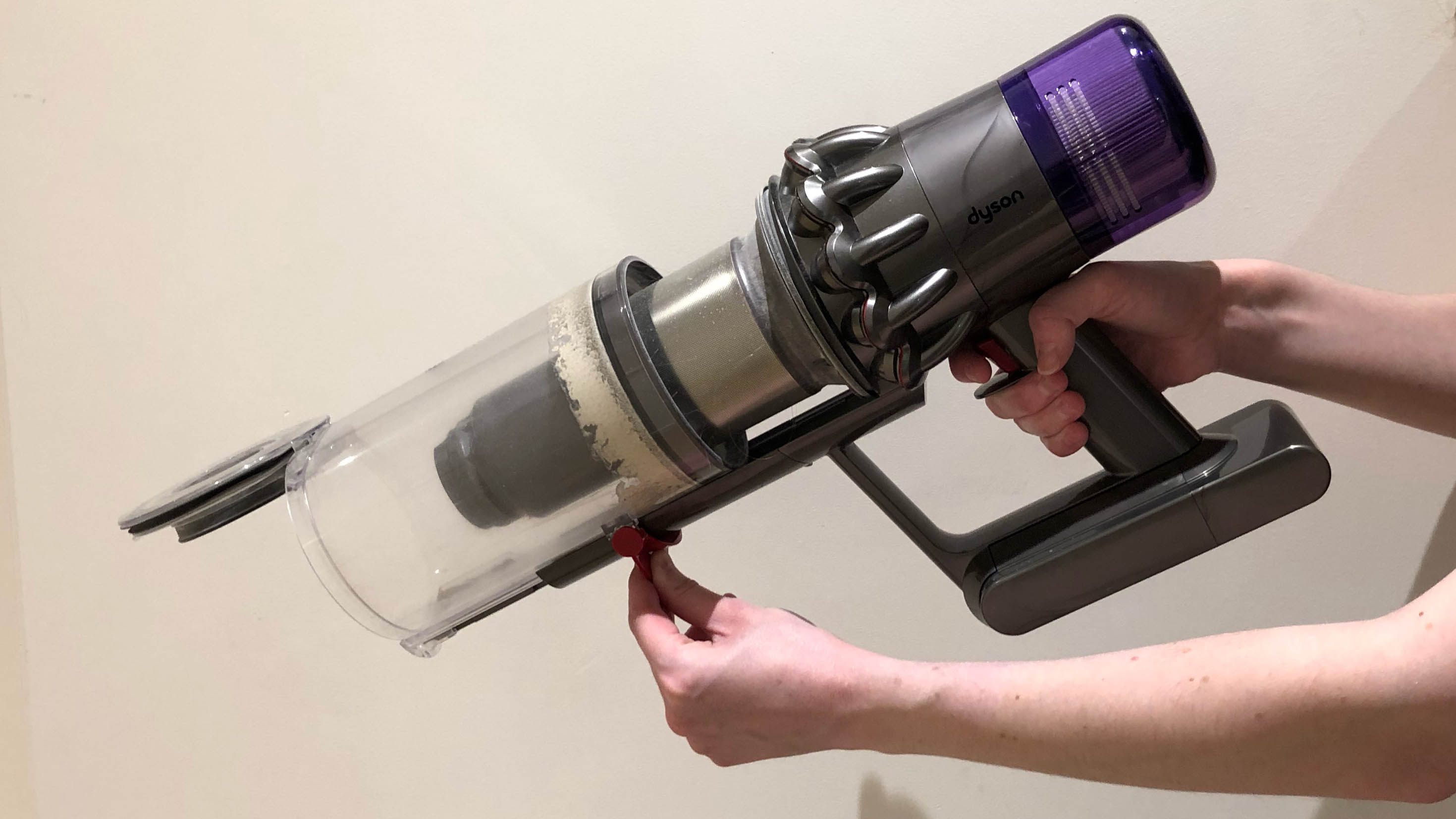
Strengths:
- Better for the environment — No bags are added to landfill with a bagless design. That means bagless is better from a sustainability perspective.
- Cheaper to run — You also don’t have the ongoing costs of the bags to worry about. This can save a significant expense depending on the brand you’re using. For instance, eight bags of Miele AirClean 3D Efficiency Dust Bag costs over $40 on Amazon.
- Convenient to use — A bagless vacuum is ready to go whenever you need it, and you’re not tied to keeping a stock of spare bags to be able to use it. You can empty the canister out and you’re good to start vacuuming again immediately.
- You can see when it's full — With transparent canister designs, it’s actually quite useful to see the dust and debris building up. That way, you know roughly when it needs to be emptied so it can keep performing effectively. On bagless designs, you either have to keep an eye on the indicator light, or if you don’t have one of those, watch for the pick-up to diminish.
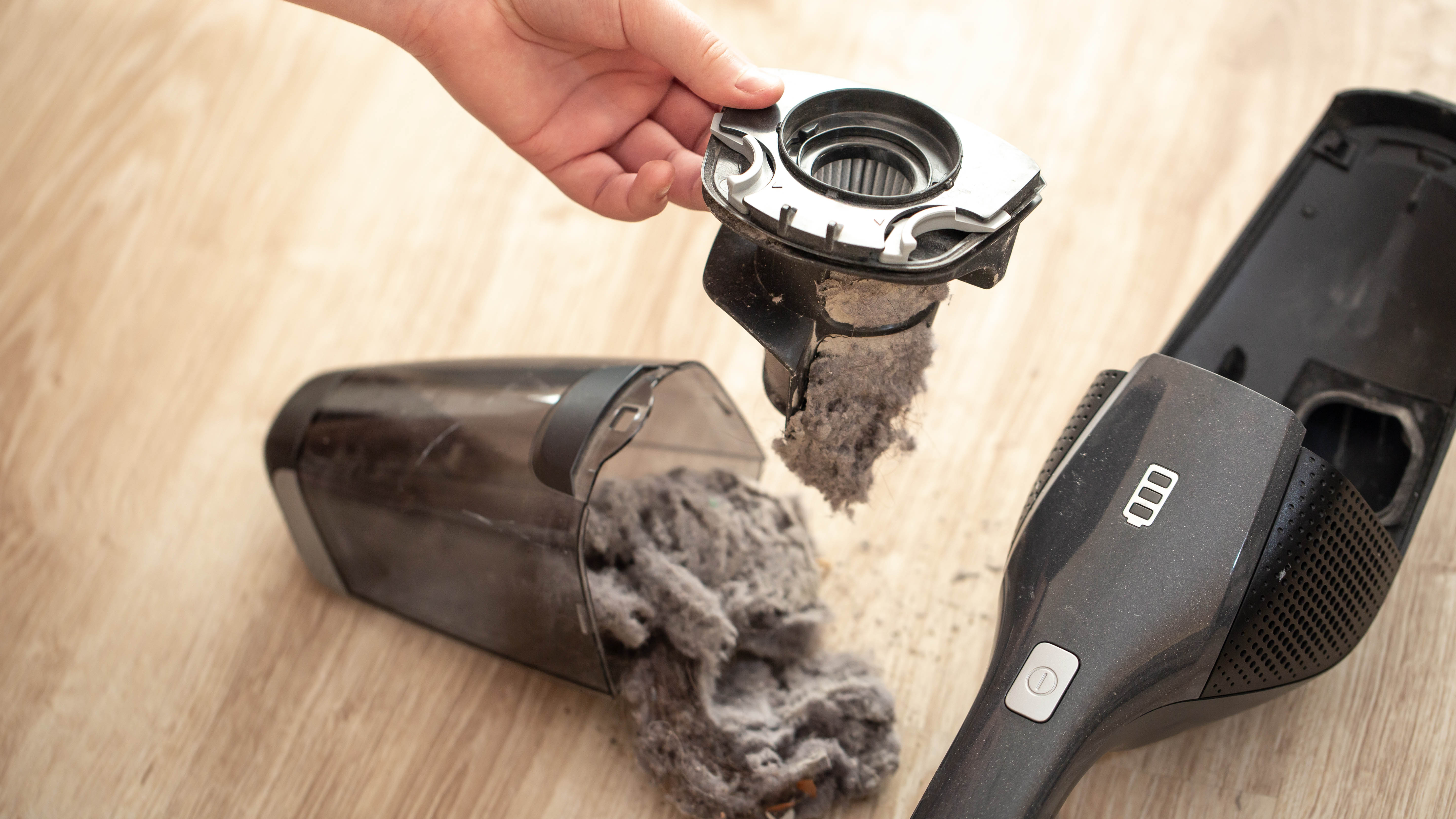
Weaknesses:
- Messy to empty — Whenever you empty a bagless vacuum, it can cause a lot of mess and release a lot of the dust you just collected back into the atmosphere. This isn’t ideal for those who suffer from allergies. It can also make the chore seem counterproductive, as you end up vacuuming around the trash can to re-collect what you just deposited.
- You have to empty it more often — Bagless designs tend to have smaller canister sizes as well. That means you will likely be emptying it a lot more often versus changing over a bagged vacuum.
- The dust and debris can get blocked — This is one of the biggest drawbacks with bagless designs. Unfortunately, the dust and debris can become trapped in the canister as you try to empty it. That means you will need to manually pull it free, which can be pretty gross. Some brands claim to offer designs which prevent this, but we’ve yet to see one manage it.
- More regular cleaning — A dusty canister and separate filter will naturally need cleaning more often versus a bagged design. As a result, a bagless vacuum cleaner will technically require more maintenance. Check out our guide on how to clean a Dyson vacuum for tips.
Bagged vs bagless vacuums: Which should you buy?
Ultimately, the answer to this question depends on your specific needs and preferences. If you suffer from allergies, or you dread the idea of physically touching the dirt, a bagged design is likely the better way to go. However, if you’re eco-conscious or you just want to save more money in the long-run, bagless would be best suited.
If you’re not sure, it might also be worth trying out the model you’re thinking of buying before purchasing. Ask if you can demo it in store and have a go at emptying it yourself to see what it’s like.
For more cleaning tips, tricks and how tos, check out how to clean a washing machine, how to clean a cast iron skillet and 10 cleaning mistakes that will ruin your home.
Sign up to get the BEST of Tom's Guide direct to your inbox.
Get instant access to breaking news, the hottest reviews, great deals and helpful tips.

Katie Mortram used to be a Homes Editor for Tom's Guide, where she oversaw everything from kitchen appliances to gardening tools, as well as smart home tech. Specializing in providing expert advice for cleaning and home manintenance, she now works as Household Advice Editor for Good Housekeeping.
